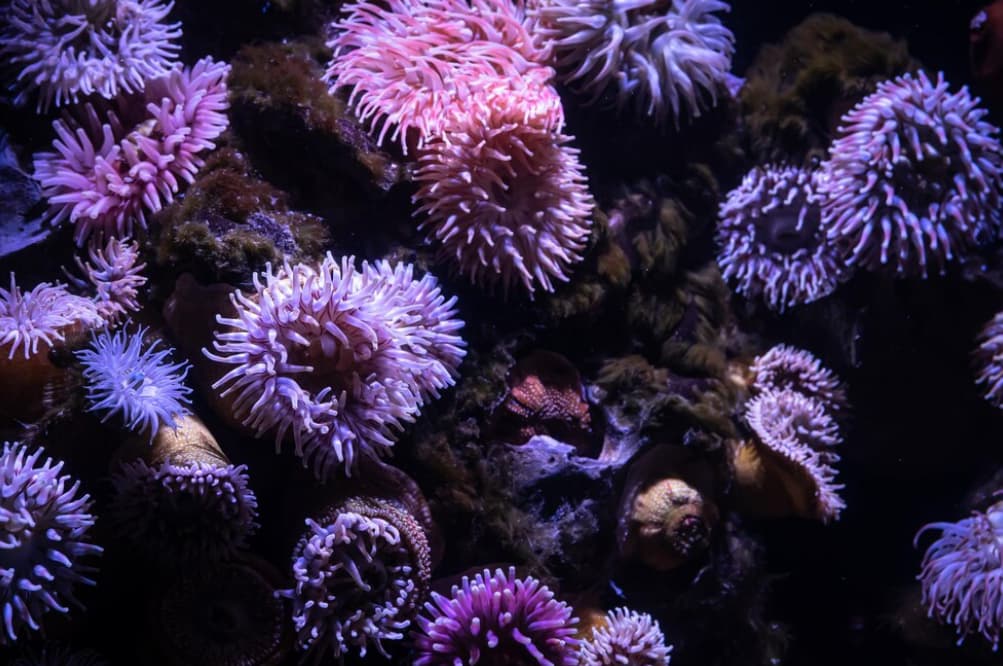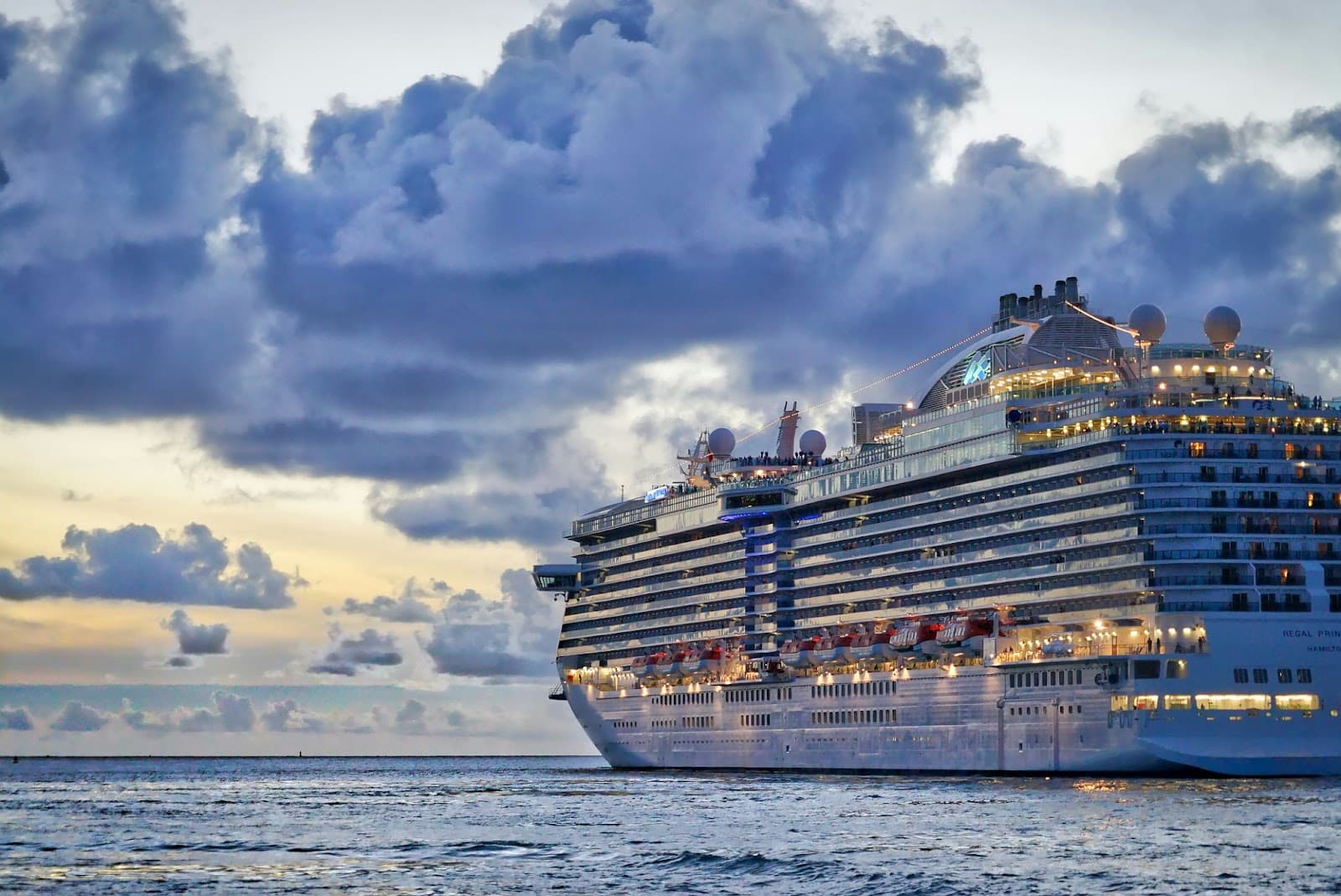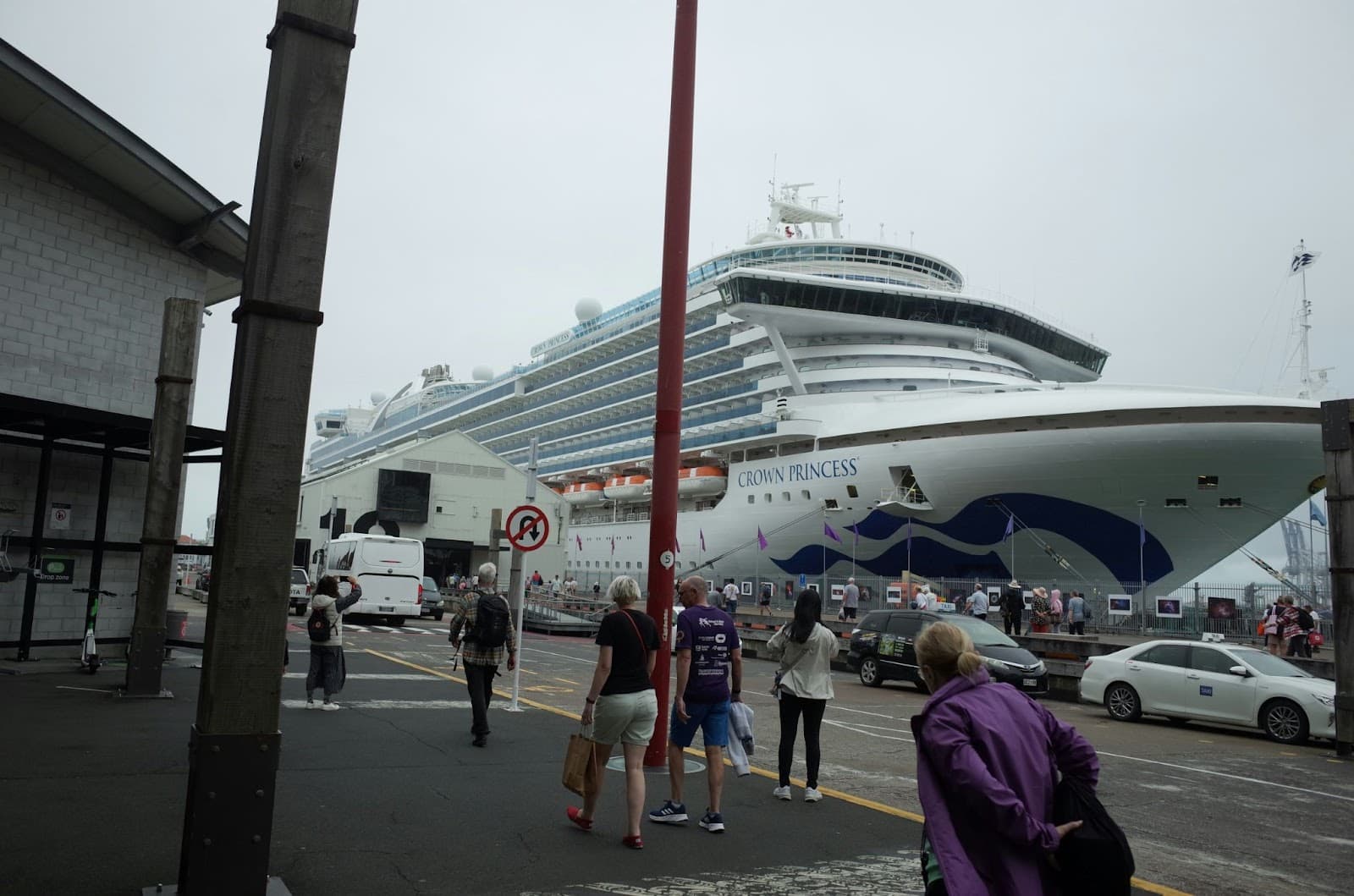Soft corals, also known as Alcyonacea, represent a unique category of corals distinguished by their absence of a rigid, calcium carbonate skeleton, giving them a fleshy and pliable nature.
These intriguing organisms inhabit various marine environments worldwide, with prevalent occurrences in deep sea regions, tropical and subtropical waters, and even polar regions. Popularly referred to as “sea fans” and “sea whips,” they exhibit a remarkable resemblance to plants or trees due to their soft and flexible structures.
Unlike their hard coral counterparts, soft corals do not construct reefs but instead form colonies resembling their reef-building relatives. Despite their softness, they play essential ecological roles and contribute to the biodiversity of marine ecosystems.
Understanding Soft Corals
Soft corals encompass a diverse array of species unified by their characteristic lack of a rigid skeleton, setting them apart from their hard coral counterparts. While they lack the calcium carbonate structures typical of hard corals, some soft corals possess minute, rigid components within their pliable bodies.
The majority of soft corals thrive through symbiotic relationships with zooxanthellae, a type of algae inhabiting their tissues. However, exceptions like Mushroom Corals rely on alternative nutrient sources derived from the water or prey consumption.
For aquarium enthusiasts considering soft corals, understanding their nutritional requirements is crucial for successful care. These corals thrive in nutrient-rich, low-light environments, making them relatively easy to cultivate in aquarium settings. Despite their resilience during transport and handling compared to hard corals, controlling their growth within aquariums requires careful attention and knowledge of each species’ distinctive characteristics.
Successfully maintaining soft corals in an aquarium setting necessitates a nuanced understanding of their feeding habits and environmental needs, ensuring their health and vitality in captivity.
Diverse Varieties of Soft Corals for Aquarium Enthusiasts
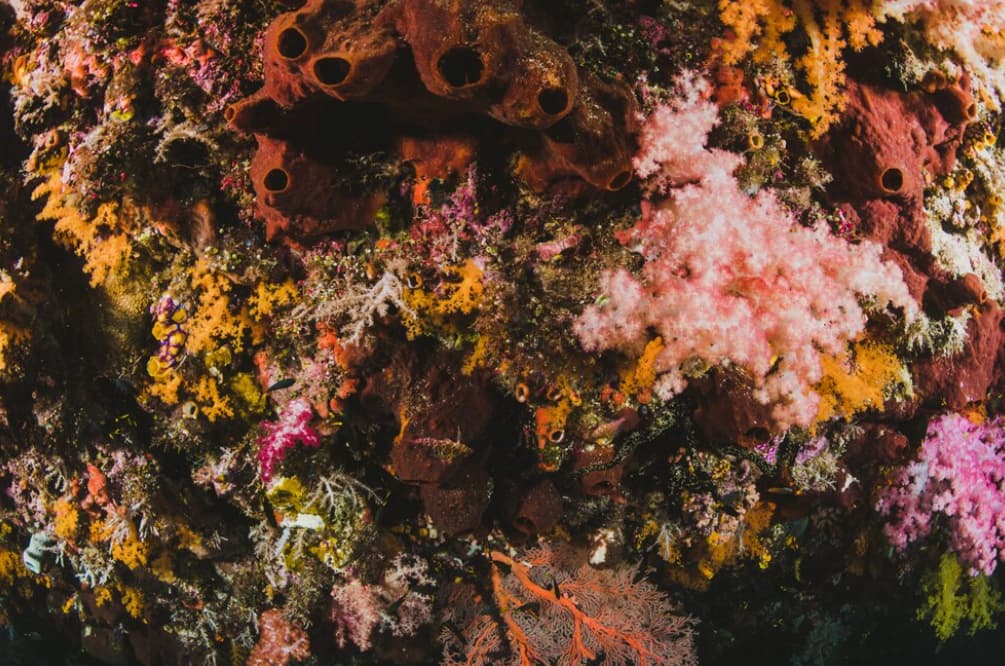
The world’s oceans are home to a vast array of soft coral species, offering a rich selection for aquarium enthusiasts to explore and incorporate into their marine habitats. Among these, the following varieties stand out for their unique characteristics and beauty:
- Ricordea: Known for its vibrant colors and mushroom-like appearance, Ricordea corals are a favorite among hobbyists for adding a pop of color to their tanks;
- Zoanthids: These corals come in a stunning array of colors and patterns, forming colonies that can cover rocks and sand with their small, anemone-like polyps;
- Palythoa: Similar to Zoanthids, Palythoa corals have larger polyps and are valued for their hardiness and ease of care, making them suitable for beginners;
- Discosoma: Often referred to as mushroom corals, Discosoma species offer a variety of textures and colors, with a flat, disc-like shape that adds dimension to any aquarium;
- Pachyclavularia: Commonly known as star polyps, these corals feature small, star-shaped polyps on a mat-like base, creating a stunning carpet effect on aquarium surfaces;
- Alcyonium: Also known as finger corals, Alcyonium species have a soft, fleshy appearance and grow in branching formations that sway gently in the water current;
- Cladiella: A type of soft coral that resembles small trees or shrubs, Cladiella corals are adaptable and can thrive in various lighting conditions;
- Lobophytum: These leather corals have a distinctive, lobed appearance and are known for their durability and ease of maintenance;
- Sarcophyton: Commonly referred to as toadstool leather corals, Sarcophyton varieties are recognized for their mushroom-like cap and long polyps;
- Sinularia: Offering a range of shapes and sizes, Sinularia corals are characterized by their leather-like texture and branching formations;
- Nepthea: With a delicate, tree-like structure, Nepthea corals add a touch of elegance to any marine aquarium, displaying soft, feathery polyps.
These soft coral species not only enhance the aesthetic appeal of aquariums but also contribute to the ecological balance within marine environments, making them a captivating addition for both novice and experienced aquarium hobbyists.
The Vibrant Palette of Soft Coral Shades
Soft corals exhibit a rich spectrum of colors, though the extent of this diversity varies among species. While some, like Green Star Polyps, are predominantly found in shades of green, others such as Toadstool Leather Coral tend to lean towards hues of brown, yellow, or tan.
In contrast, certain varieties like Zoanthids boast a stunning array of colors and patterns. From vivid purples to tranquil blues, lively greens, sunny yellows, delicate pinks, and beyond, these corals showcase a captivating kaleidoscope of hues. Under certain conditions, they can even exhibit a striking neon glow in low-light environments.
Diverse Soft Corals for Home Aquariums
Soft corals are a vibrant and dynamic addition to home aquariums, offering a spectrum of colors, textures, and growth habits to enthusiasts. Among the myriad options available, several species stand out for their beauty, ease of care, and compatibility with aquatic environments. Here’s an overview of some top choices for incorporating soft corals into your marine setup:
Varied Zoanthids
Zoanthids are an adaptable and visually striking group of soft corals, celebrated for their minimal care requirements and moderate need for water circulation. These corals dazzle with an array of hues and designs, including some rare and sought-after varieties. With a care level ranging from easy to moderate, zoanthids are an appealing choice for both novices and seasoned coral keepers.
Diverse Mushroom Corals
Mushroom Corals are beloved by aquarium enthusiasts for their simplicity in propagation and their vivid colorations, spanning greens, oranges, and more. Ideal for beginners looking to try their hand at coral fragmentation, these corals can, however, proliferate quickly if not managed. They offer a beginner-friendly introduction to coral cultivation, with a note of caution on their vigorous growth potential.
Toadstool Leather Coral
The Toadstool Leather Coral, notable for its potential to reach substantial sizes, presents a hardy option for aquarists. Its maintenance is straightforward, allowing for control over its expansion. Available in shades of green, brown, or yellow, and with varying tentacle lengths, this coral thrives under moderate to high water flow conditions, making it a versatile addition to many tank setups.
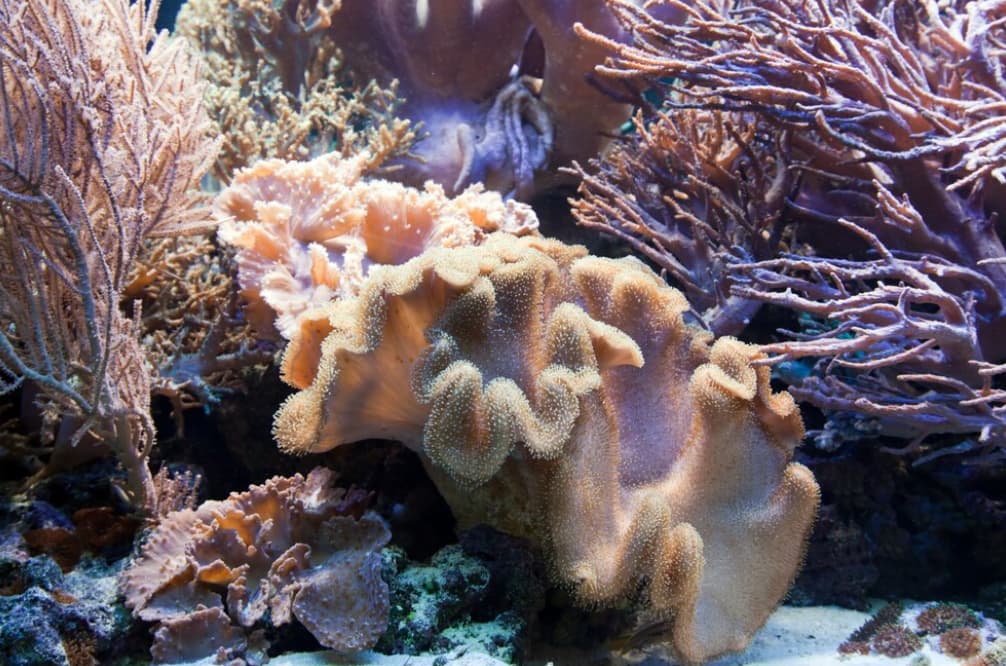
Lush Green Star Polyps
The Green Star Polyp coral is known for its rapid growth and vibrant green coloration, native to the Indo-Pacific region. Suitable placement on isolated rock formations can help contain its spread, making it a manageable yet striking feature in tanks. Depending on the keeper’s perspective, its growth rate can be either a delight or a challenge.
Dynamic Pulsing Xenia
Pulsing Xenia, recognized for its ease of care and captivating movement, can be placed anywhere from the tank’s bottom to its top. Originating from the Indo-Pacific, including locales like Fiji and Australia, this coral is particularly admired for its pulsating polyps. Offering a unique visual and kinetic element to aquariums, its pink to purple shades add a soft, lively touch.
These soft coral varieties not only enhance the aesthetic appeal of aquariums but also contribute to the ecological balance, providing shelters and enriching the marine habitat. Whether you’re starting a new tank or looking to diversify an existing collection, these corals offer a range of options to suit different care levels and visual preferences.
Frequently Asked Questions
Soft corals encompass a diverse array of shapes and sizes, including sea fingers and sea whips. Generally, corals lacking a hard skeleton are categorized as soft corals.
Yes, soft corals are often recommended for novice aquarium enthusiasts. However, it’s important to note that not all soft corals behave similarly. They may have different nutrient requirements and, if not properly managed, can overgrow and dominate the aquarium environment.
The primary distinction lies in their skeletal structure. Hard corals possess a calcium carbonate skeleton, whereas soft corals have a more pliable, fleshy composition.
Various types of soft coral are harvested for ornamental purposes in aquariums. Additionally, wild soft corals contribute to tourism by attracting divers and snorkelers.
Most soft corals thrive under moderate lighting within aquarium settings. Typically, they prefer placement at the bottom of the tank, particularly if high-intensity lighting is used. However, in tanks with lower light levels, they can also be positioned in the middle or near the top.
Conclusion
Soft corals are an enticing addition to an aquarium, with an array of colors, species, and growth patterns that can transform the look of an aquatic space. Their unique characteristics, coupled with their hardiness and adaptability, make them a popular choice among both amateur and expert aquarists. However, their care requires a nuanced understanding of their feeding habits, light preferences, and growth control. By understanding these aspects, one can ensure a thriving aquatic environment that is both aesthetically pleasing and conducive to the health and wellbeing of its inhabitants. It’s also important to remember the vital role soft corals play in maintaining marine biodiversity and promoting tourism, and the need for preserving these beautiful organisms in the wild.
